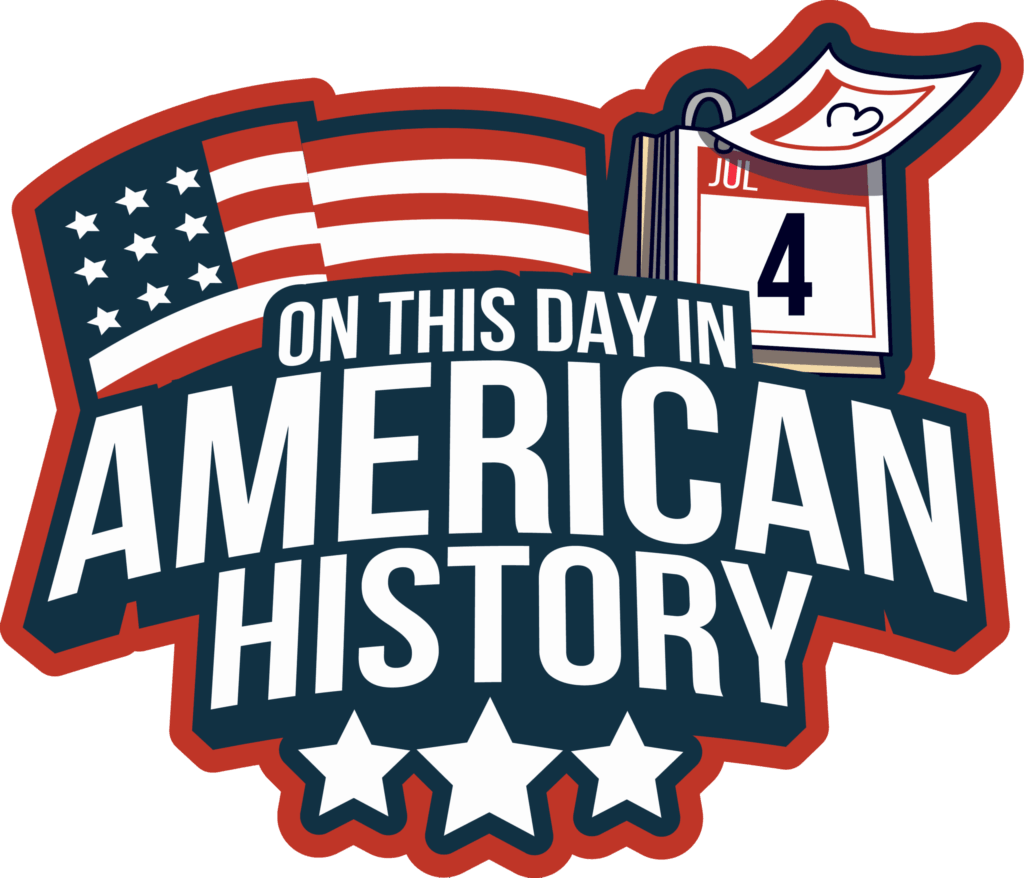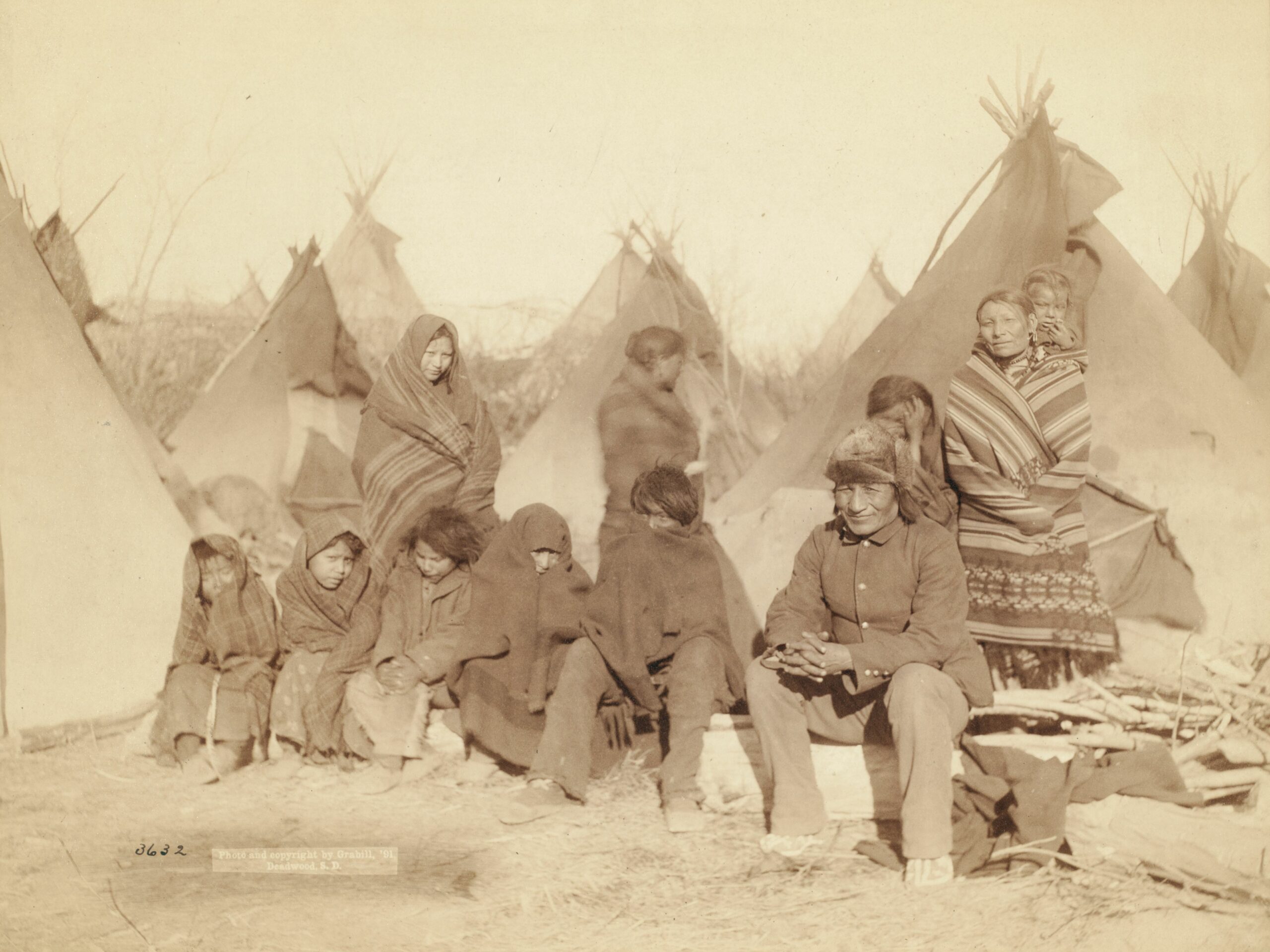
Survivors of the Wounded Knee Massacre (What’s left of Spotted Elk’s band.)
The Wounded Knee Massacre occurred on December 29, 1890 near Wounded Knee Creek in South Dakota.
Over 150 Lakota individuals were killed in the tragedy.
Image via Wikimedia Commons, public domain
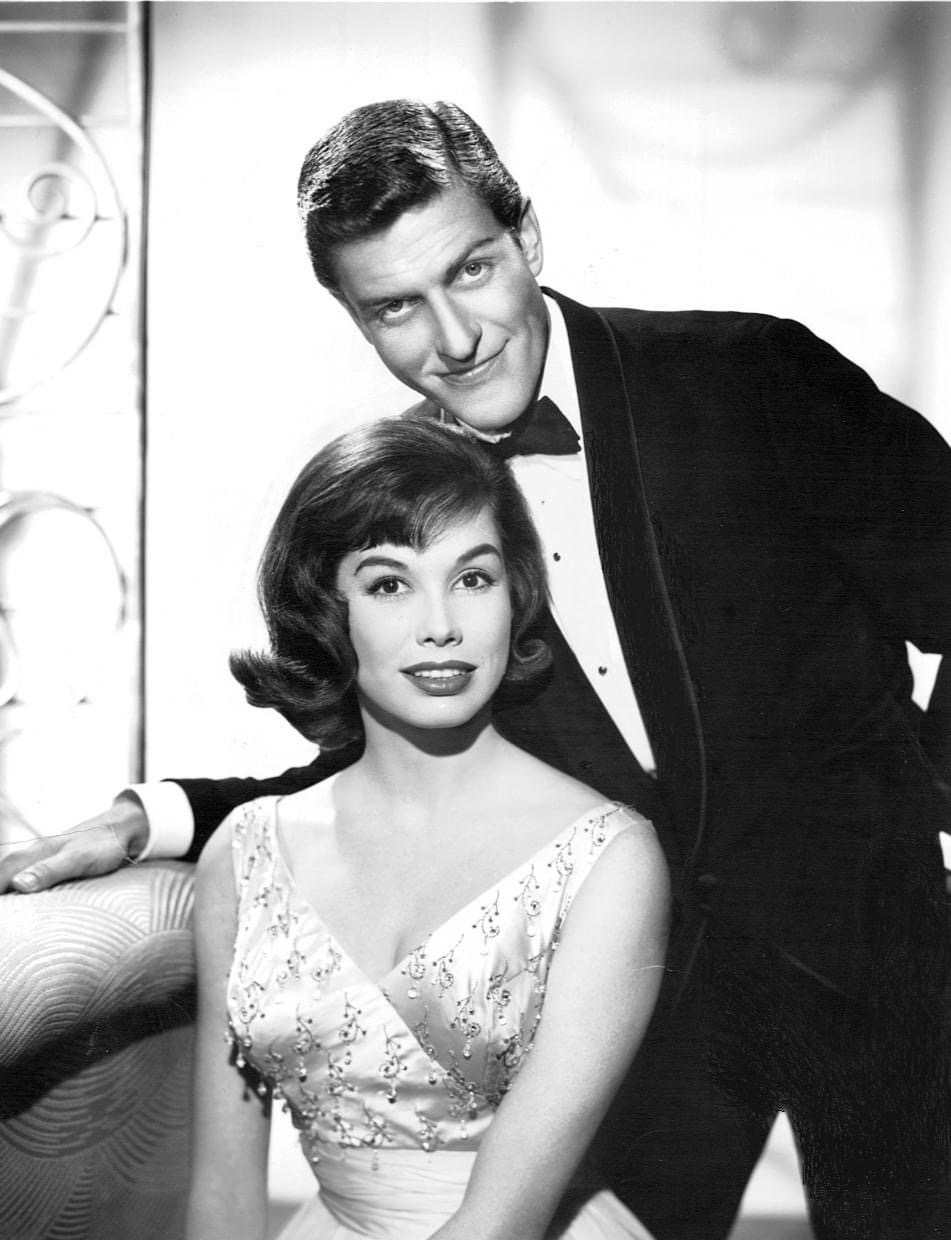
Mary Tyler Moore & Dick Van Dyke in 1961
On December 29, 1936 Mary Tyler Moore was born in New York City.
Image via Wikimedia Commons, public domain
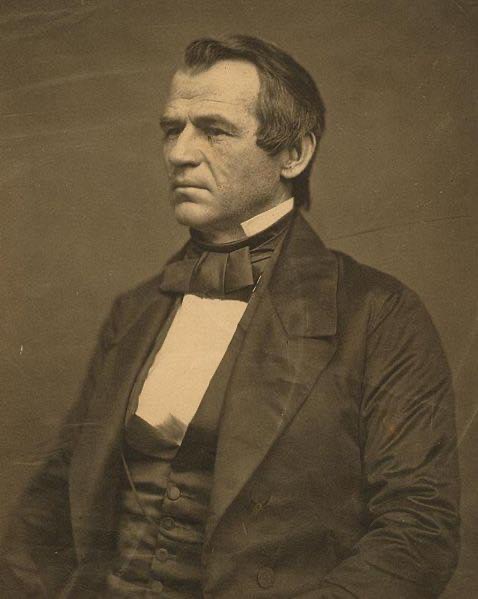
“I have had a son killed, a son-in-law die during the last battle of Nashville, another son has thrown himself away, a second son-in-law is in no better condition, I think I have had sorrow enough without having my bank account examined by a Committee of Congress.”
– Andrew Johnson
Andrew Johnson, 17th President of The United States, was born on December 29, 1808 in Raleigh, North Carolina.
Image: Andrew Johnson c. 1860 via Wikimedia Commons, public domain
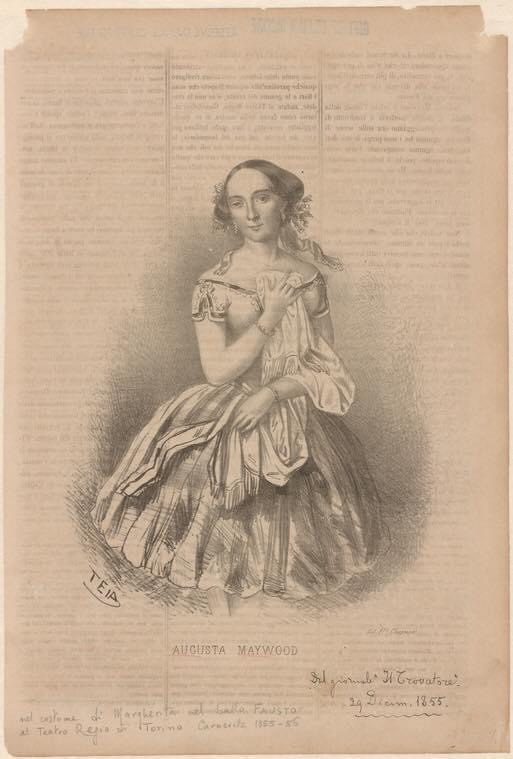
Newspaper clipping from December 29, 1855 showing a drawing of American ballerina Augusta Maywood.
She’s considered the first American ballerina to gain international fame.
Image from the Jerome Robbins Dance Division, The New York Public Library. “Augusta Maywood.” New York Public Library Digital Collections, no known restrictions

“We must be the great arsenal of Democracy.”
FDR from his Fireside Chat on December 29, 1940
Image: Franklin Delano Roosevelt in 1933 via Wikimedia Commons, public domain
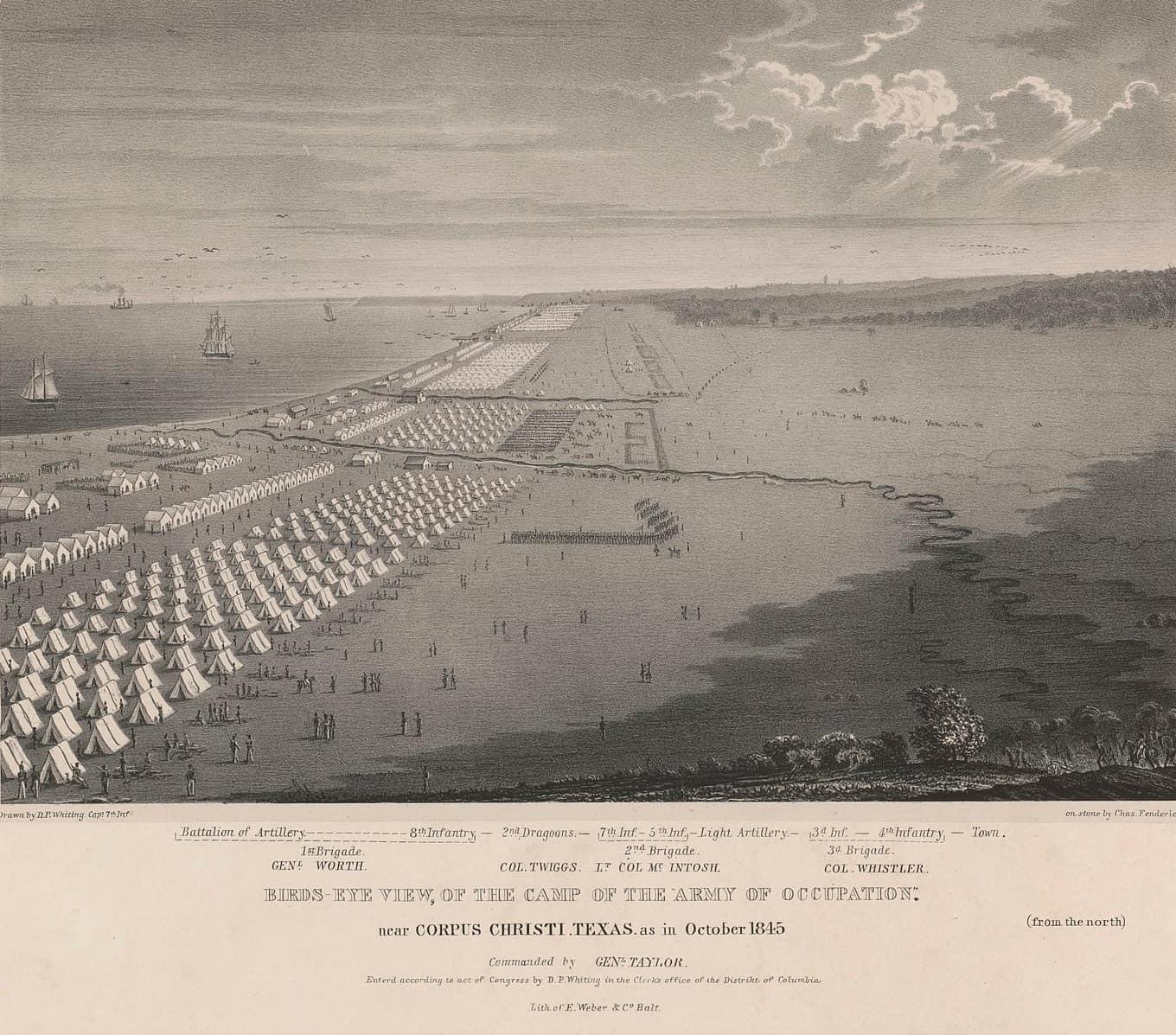
Birds-eye view, of the camp of the “army of occupation” near Corpus Christi, Texas in October 1845 commanded by General Taylor
On December 29, 1845 Texas became the twenty-eighth state.
Image via Wikimedia Commons, public domain
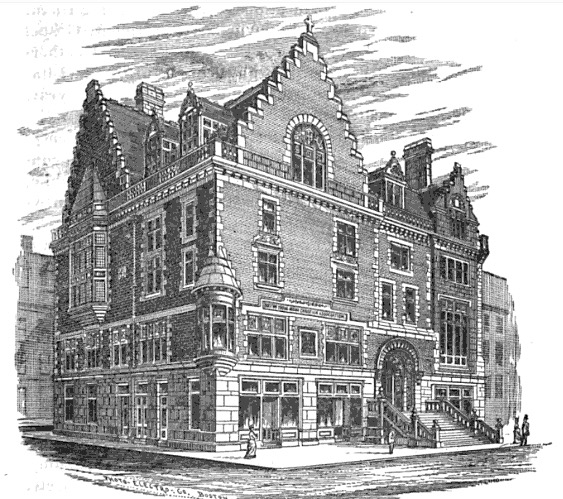
The first YMCA in the US opened in Boston on December 29, 1851. This drawing of the Berkeley Street location of the Y was featured in an 1883 guide book titled “A Stranger’s Guide to Boston and Its Suburbs.” It’s understandable if the Village People song is playing in your head just now.
Inage via Wikimedia Commons, copyright expired, public domain in the US.
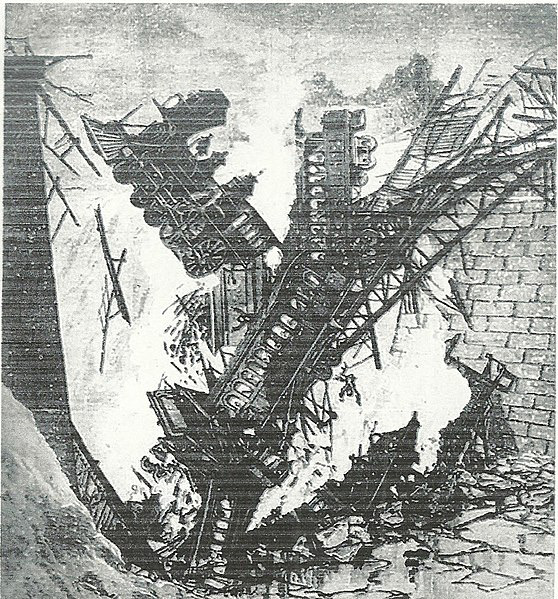
On December 29, 1876, during a blizzard, an iron-truss railroad bridge near Ashtabula, Ohio collapsed as the Pacific Express train was crossing it. One locomotive and 11 cars plunged into the Ashtabula River, then caught fire. An estimated 92 of the 160 people aboard perished in the disaster.
Image via Wikimedia Commons, public domain in the US.
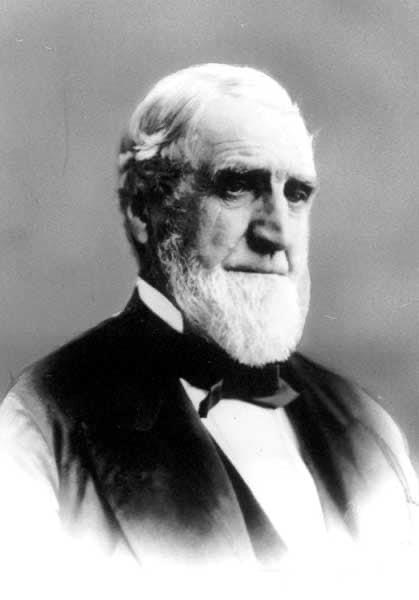
Asa Packer, who was a developer and President of the Lehigh Valley Railroad that once had lines extending from New York City through Northeastern Pennsylvania to the Great Lakes of New York State, was born on December 29, 1805 in New London County, Connecticut.
Image via Wikimedia Commons, public domain
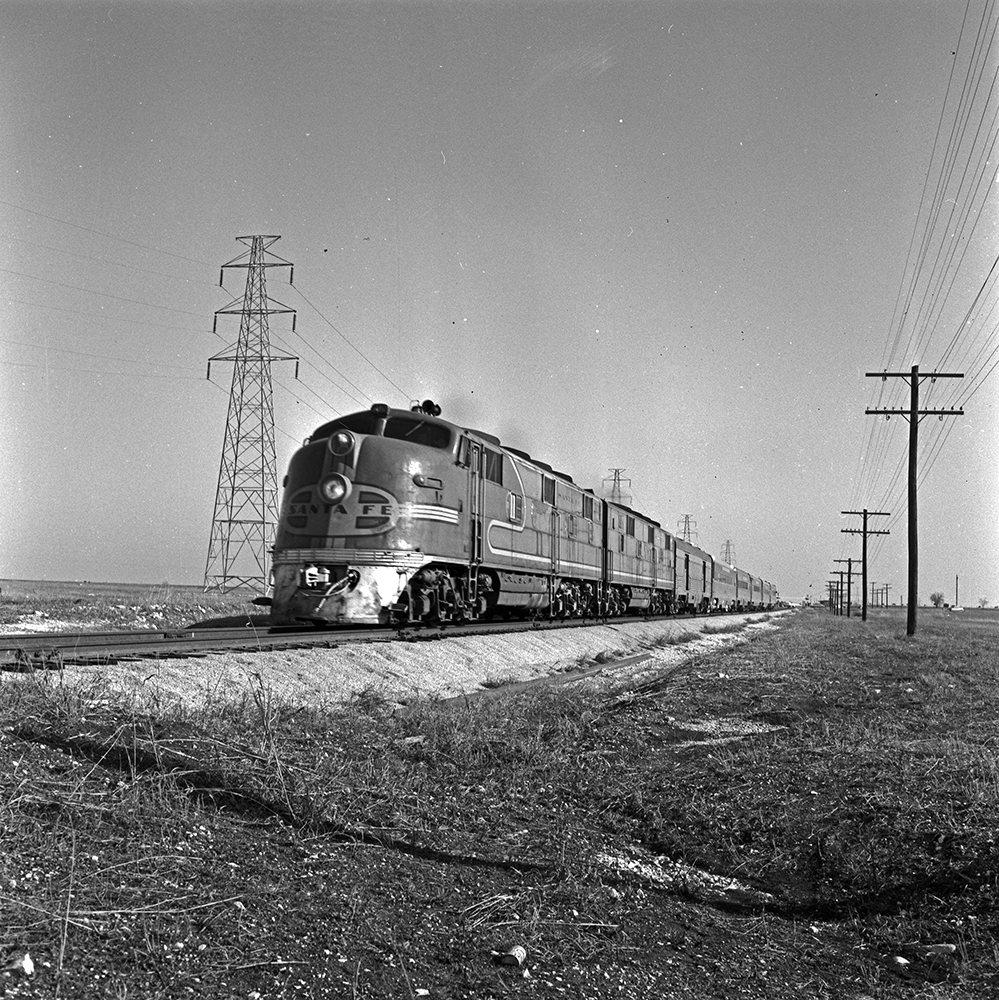
Atchison, Topeka, & Santa Fe, Diesel Electric Passenger Locomotive No. 11, White Rock Station
December 29, 1956
Image from SMU Central University Libraries via Wikimedia Commons, no known restrictions
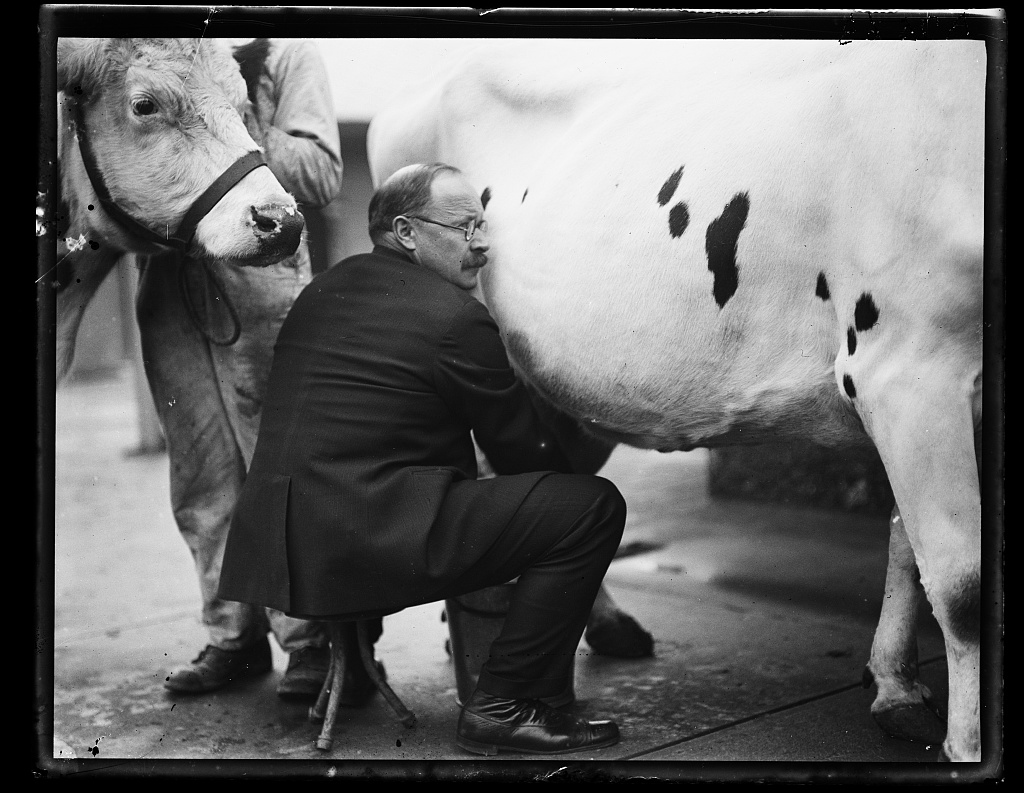
Photo that was taken of Senator Magnus Johnson milking a cow on December 29, 1923.
Senator Magnus Johnson of Minnesota is the only United States senator in history to be born in Sweden.
Minnesota produces about 10 billion pounds of milk a year.
Image via LOC, no known restrictions
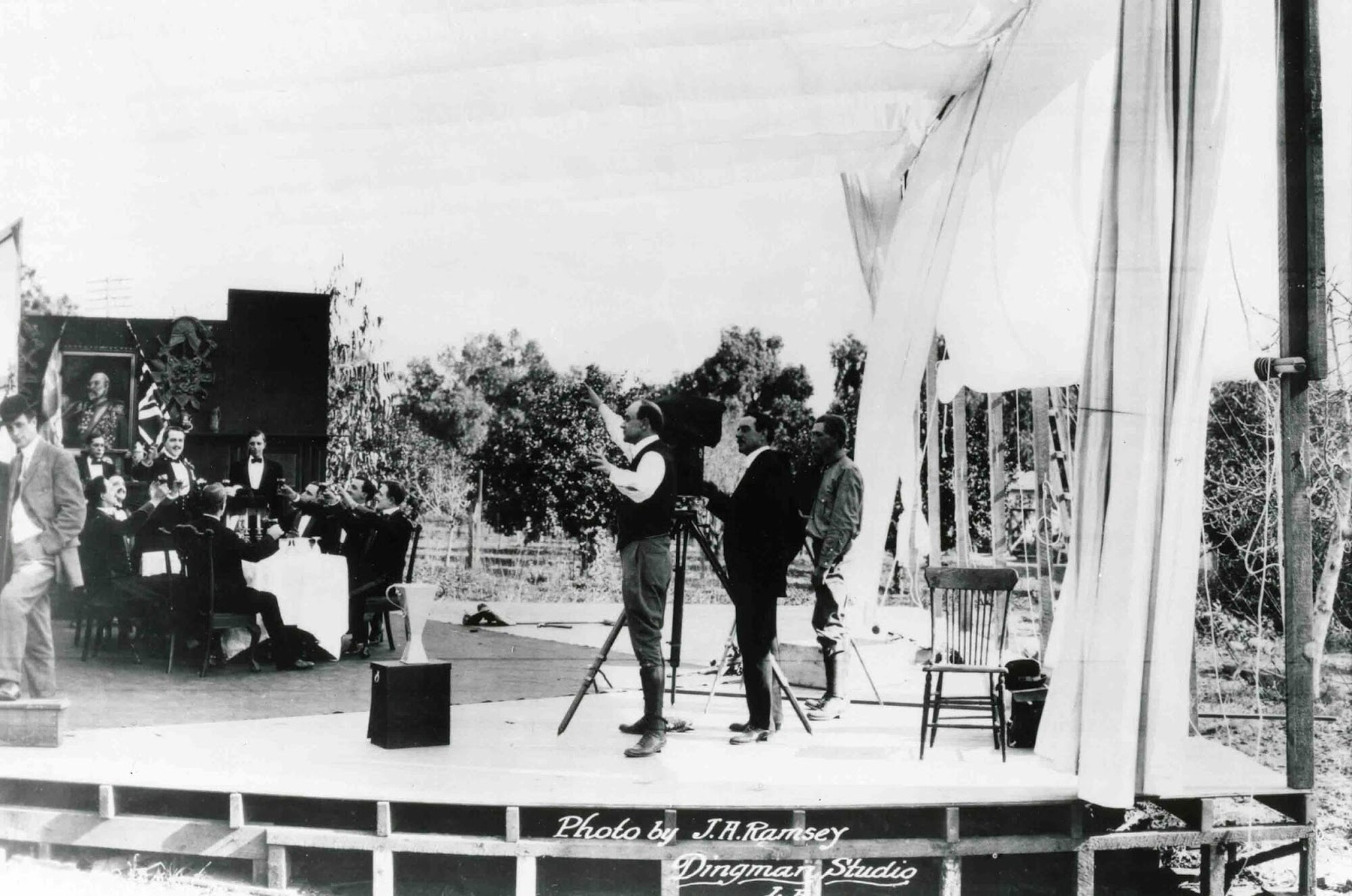
Production of Hollywood’s first feature film, The Squaw Man, began on December 29, 1913.
The movie is the only film by the same director/producer to be filmed three times (1914, 1918 and 1931.)
Image of the first sequence shooting of the film The Squaw Man in 1913. Cecil B. DeMille, director of the film, is in the center of the picture, wearing boots via Wikimedia Commons, public domain
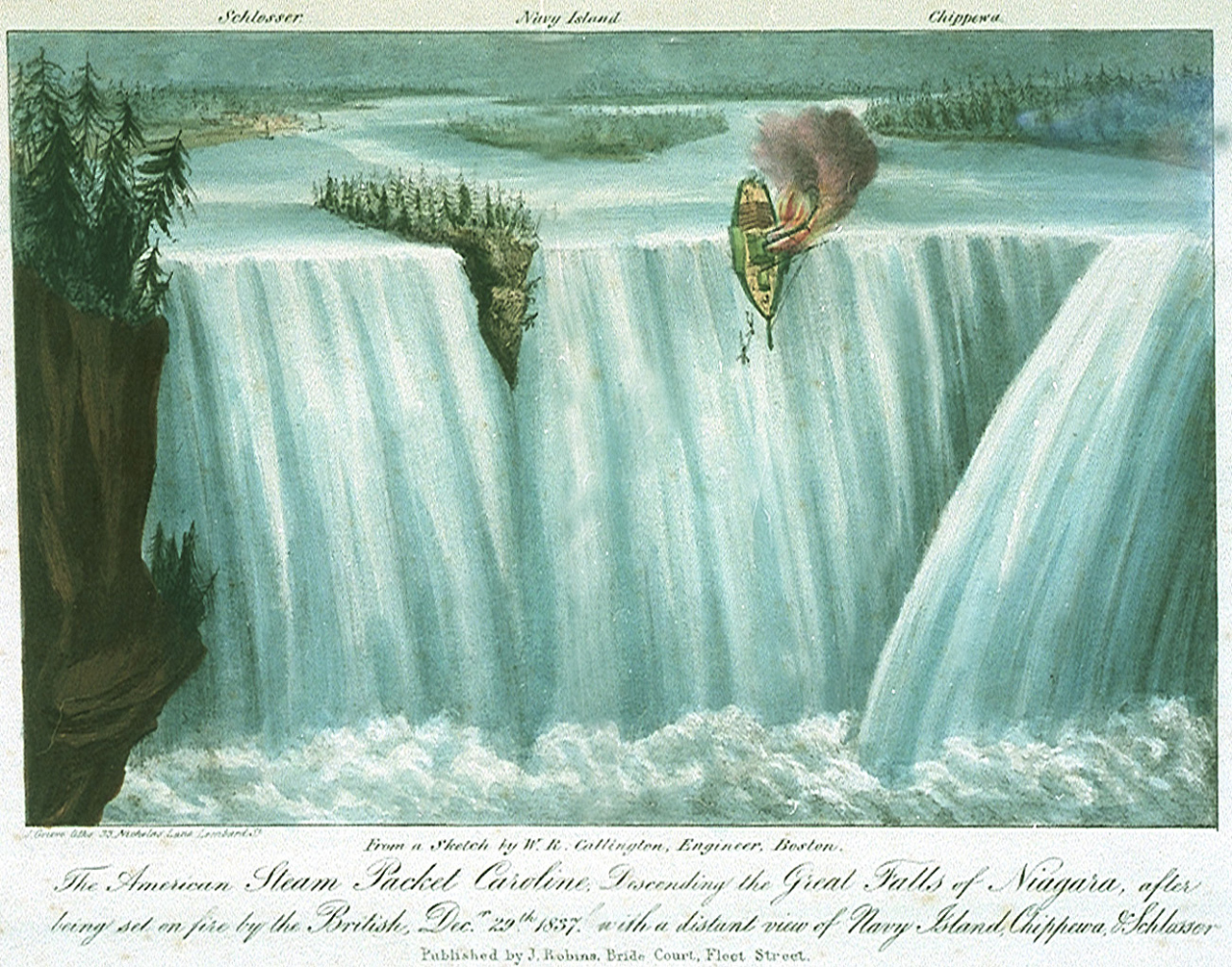
“The American Steam Packet Caroline Descending the Great Falls of Niagara, after being set on fire by the British, Decr. 29th 1837, with a distant view of Navy Island, Chippewa & Schlosser”
Years after the War of 1812, this incident caused tensions between the U.S. and Great Britain, but was eventually resolved through diplomacy.
Image via Wikimedia Commons, public domain
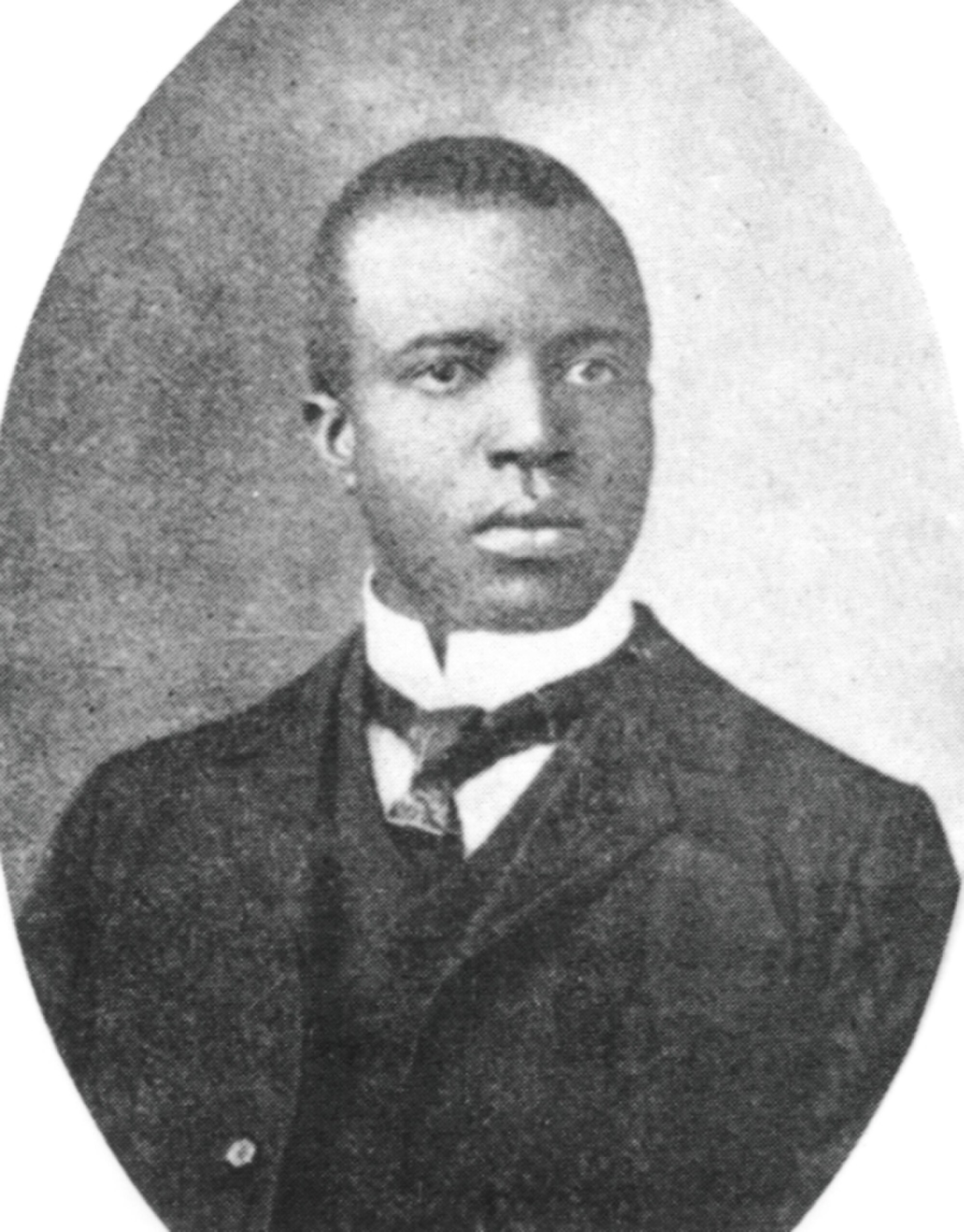
The copyright for Scott Joplin’s classic piano rag “The Entertainer” was registered on December 29, 1902.
Image via Wikimedia Commons, public domain
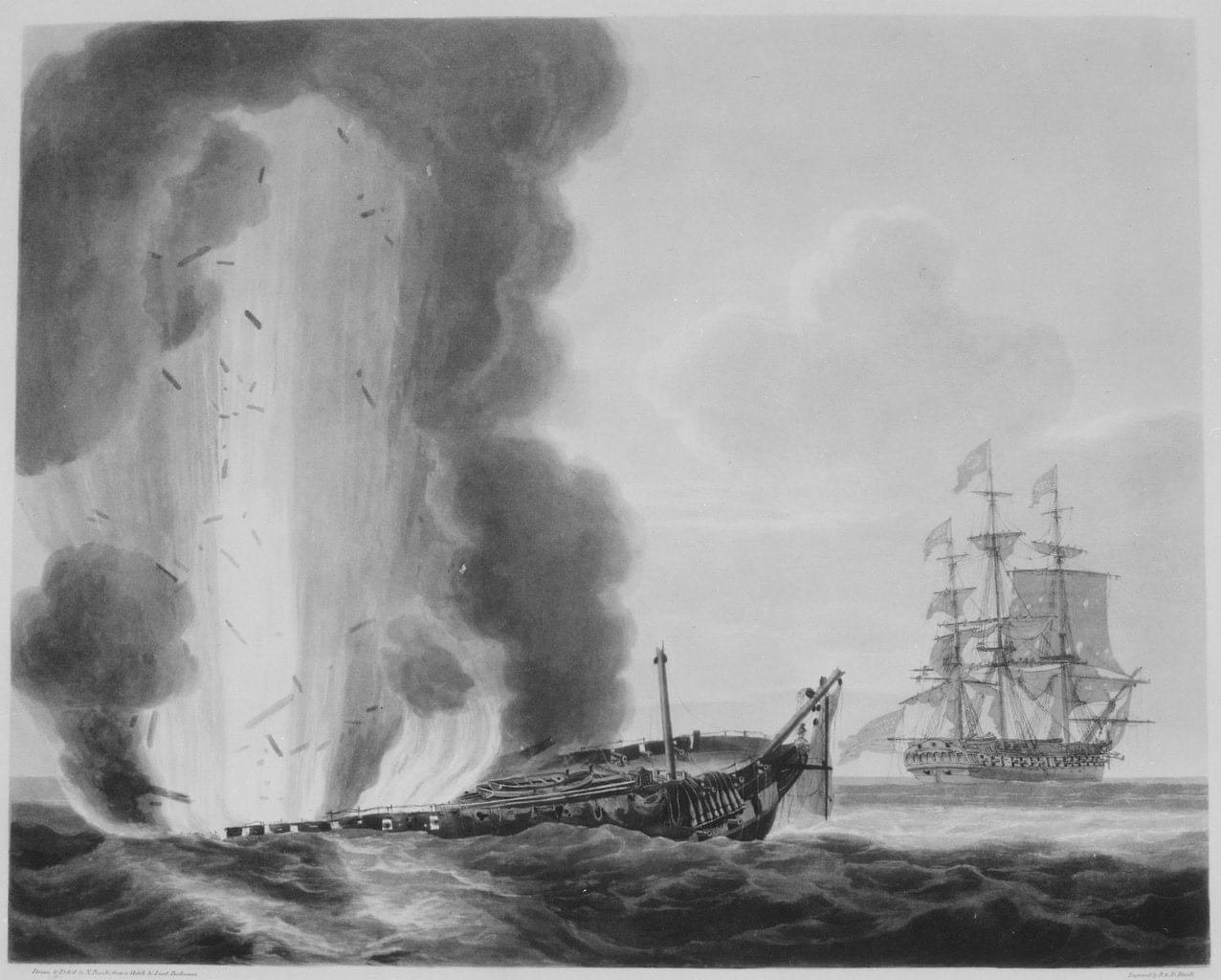
“I have the honour to inform you, that on the 29th of December (1812), at two o’clock, P.M., in south latitude 13° 6′, west longitude 38°, and about ten leagues distant from the Coast of Brazil, I fell in with, and captured, his Britannic Majesty’s frigate Java, of forty-nine guns, and upwards of four hundred men, commanded by Captain Lambert, a very distinguished officer. The action lasted one hour and fifty-five minutes, in which time, the enemy was completely dismantled, not having a spar of any kind standing.
The loss on board the Constitution, was nine killed, and twenty-five wounded, as per enclosed list. The enemy had sixty killed, and one hundred and one wounded, (among the latter, Captain Lambert, mortally,) but, by the enclosed letter, written on board this ship, by one of the officers of the Java, and accidentally found, it is evident that the enemy’s wounded must have been much greater than as above stated, and who must have died of their wounds, previously to their being removed. The letter states, sixty killed, and one hundred and seventy wounded.
For further details of the action, I beg leave to refer you to the enclosed extract from my journal : The Java had, in addition to her own crew, upwards of one hundred supernumerary officers and seamen, to join the British ships of war in the East Indies. She had also on board, Lieutenant-General Hislop, appointed to the command of Bombay; Major Walker, and Captain Wood of his staff, and Captain Marshall, master and commander in the British navy, going to the East Indies to take command of a sloop of war there.
Should I attempt to do justice, by representation, to the brave and good conduct of my officers and crew, I should fail in the attempt; therefore, suffice it to say, that the whole of their conduct, was such as to meet my highest encomiums. I beg leave to recommend the officers, particularly, to the notice of the government, as, also, the unfortunate seamen who were wounded, and the families of those brave men who fell in action.
The great distance from our own coast, and the perfect wreck we made of the enemy’s frigate, forbade every idea of attempting to take her to the United States. I had, therefore, no alternative, but burning her, which I did on the thirty-first, after receiving all the prisoners and their baggage, which was very hard work, only having two boats
left out of eight, and not one left on board the Java.
On blowing up the frigate Java, I proceeded to St. Salvador, where I landed all the prisoners on their parole, to return to England, and there remain until regularly exchanged, and not to serve in their professional capacities in any place, or in any manner, whatsoever, against the United States of America, until their exchange shall be effected.”
From: The life and services of Commodore William Bainbridge, United States Navy by Thomas Harry
Published in 1837
https://archive.org/details/lifeservicesofco01harr/page/146/mode/1up?q=HMS+Java
Source says no known restrictions
Image: The HMS Java in a sinking state, set fire to, & blowing up. The USS Constitution at a distance…
via Wikimedia Commons, public domain


